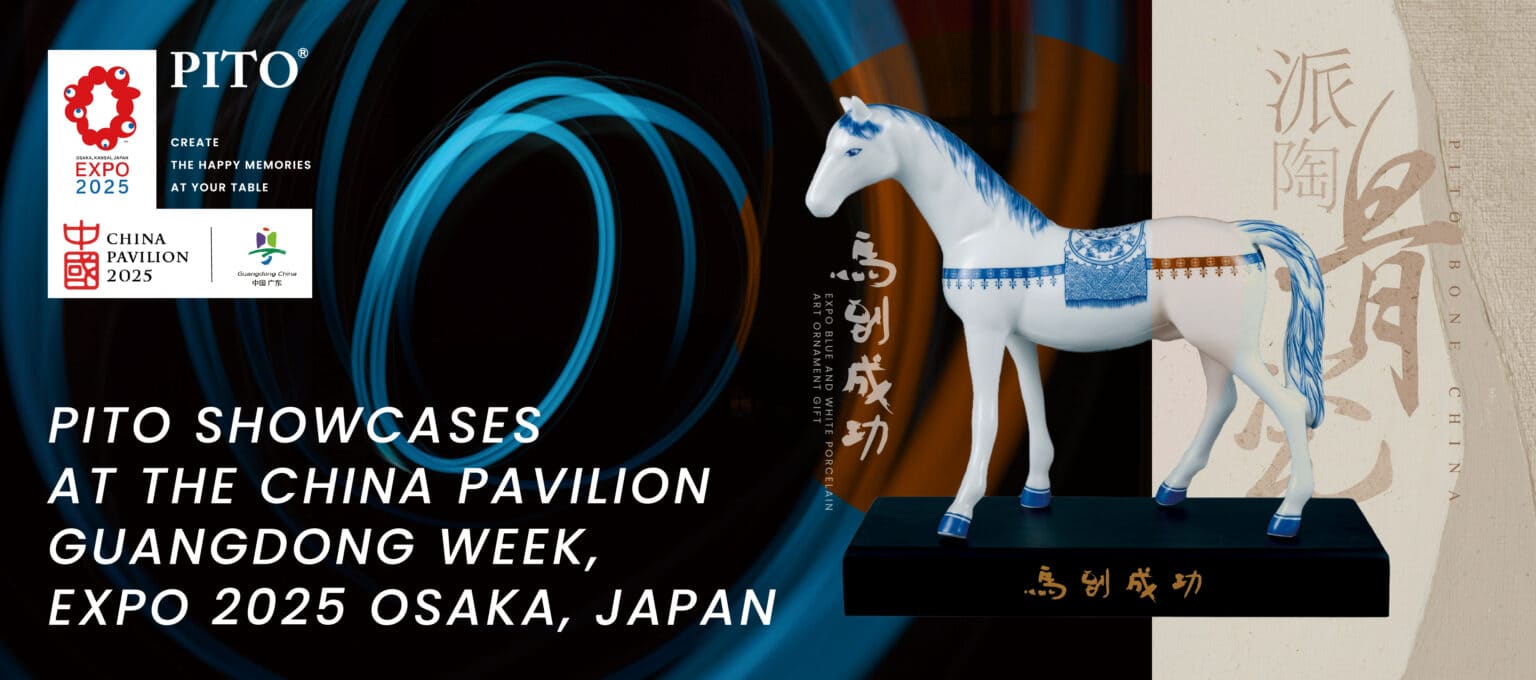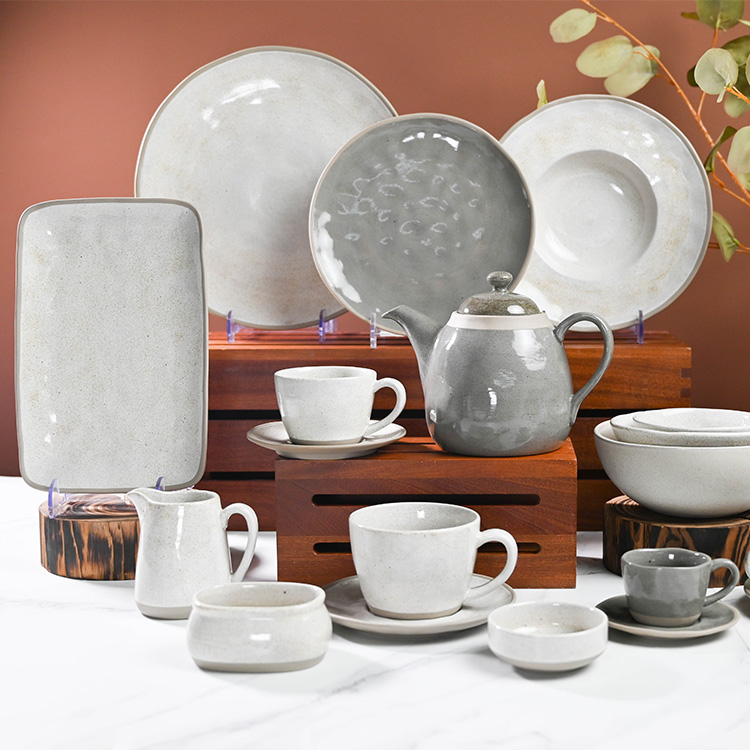
Escolhendo o direito louça de cerâmica geralmente é esquecido quando se trata de criar uma experiência gastronômica memorável. As placas, tigelas, E xícaras que usamos podem melhorar bastante a apresentação de nossas refeições e adicionar um toque de elegância às configurações de nossa mesa.
No mundo das refeições requintadas, Dois materiais reinam supremo - porcelana e osso na China. Vamos nos aprofundar no mundo dessas opções requintadas de louça e explorar suas semelhanças, diferenças, e os fatores a serem considerados ao fazer uma escolha.
O que é porcelana?
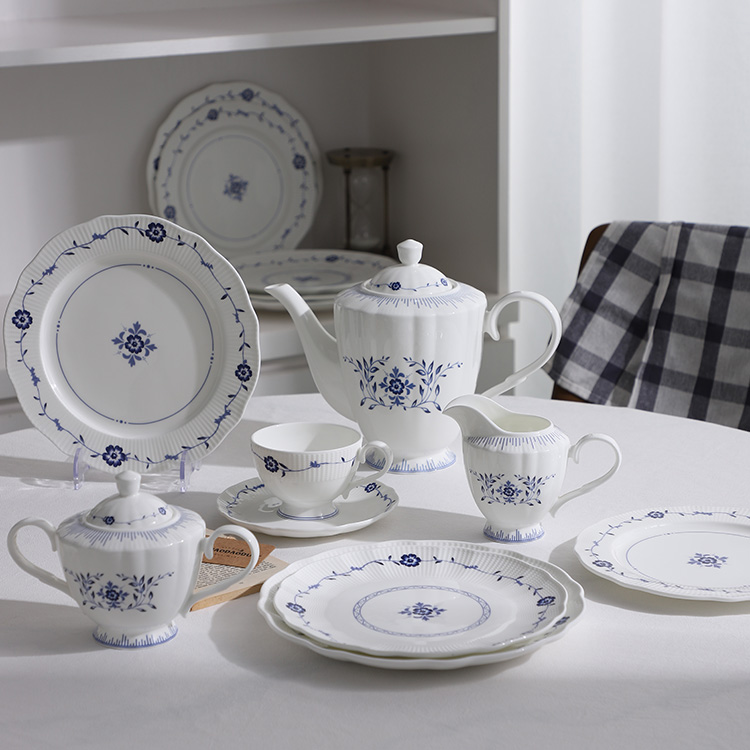
Porcelana é um tipo de material de cerâmica conhecido por sua textura fina, aparência translúcida, e força excepcional. É composto por uma mistura de argila, feldspato, e sílica. Uma característica chave da porcelana é sua natureza não porosa, o que torna resistente à mancha e absorção de odores. Esta propriedade o distingue de outros materiais de cerâmica e o torna altamente adequado para a louça.
História da porcelana
As origens da porcelana podem ser rastreadas até a China antiga, Durante a dinastia Han Oriental. Foi desenvolvido pela primeira vez na região de Jingdezhen, que se tornou um renomado centro de produção de porcelana. A porcelana rapidamente ganhou popularidade e se tornou um item de exportação premiado em todo o mundo.
Papel da porcelana na indústria de utensílios de jantar
Na indústria de utensílios de jantar, A porcelana desempenha um papel significativo devido à sua versatilidade. Pode ser moldado em várias formas e tamanhos, permitindo uma ampla gama de projetos e estilos de placas. Adicionalmente, Porcelana pode ser decorada com padrões complexos, tornando -o um favorito entre aqueles que procuram configurações de mesa elegantes.
Vantagens de usar louça de porcelana
Vantagens de usar louça de porcelana inclua sua natureza resistente a chips, Capacidade de reter o calor, e facilidade de limpeza. Porcelana também é microondas e segura para forno, Além disso, aumentando sua praticidade. Além disso, Seu apelo estético atemporal o torna adequado para ocasiões formais e uso diário.
O que é Bone China?
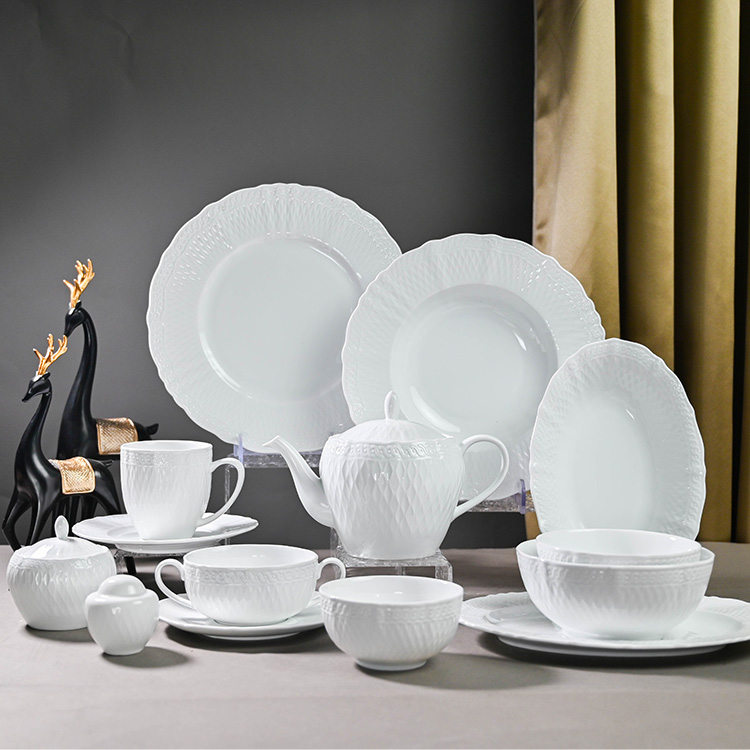
China Bone é um tipo de porcelana caracterizada por sua composição única, Onde as cinzas ósseas são um ingrediente -chave. É feito misturando cinzas ósseas, argila de caulim, e feldspato, resultando em um material que é delicado e forte. A adição de cinzas ósseas dá à China óssea sua luminosidade e translucidez distintas, separando -o de porcelana tradicional.
História da China Bone
A história da China Bone pode ser rastreada até a Inglaterra do século XVIII. Foi inicialmente desenvolvido como uma maneira de imitar a porcelana chinesa altamente procurada. Os primeiros pioneiros na produção de ossos da China, como Josiah Spode e Thomas Frye, revolucionou a indústria aperfeiçoando a técnica de incorporar cinzas ósseas em porcelana.
Processo de produção industrial da China Bone
O processo de produção industrial da China óssea envolve vários estágios. Primeiro, As matérias -primas são misturadas e formadas em um corpo de barro. Este corpo de argila é então moldado nas formas de louça desejadas usando moldes ou manualmente. As peças moldadas são secas lentamente para evitar rachaduras. Próximo, Eles são disparados em altas temperaturas, fundindo os materiais e criando um forte, Produto vitrificado. Finalmente, A louça da China óssea passa por vidros e disparos adicionais para alcançar sua superfície lisa característica.
Vantagens do uso da China Bone
A China Bone oferece vários benefícios em termos de estética e funcionalidade. Sua brancura e translucidez requintadas emprestam um ar de sofisticação a qualquer configuração de tabela. China de osso também é significativamente mais leve que a porcelana tradicional, tornando um prazer lidar. Além disso, sua alta resistência a lascas e durabilidade garante que louça de porcelana pode suportar o teste do tempo.
Porcelana vs Bone China: As diferenças
| Aspecto | Porcelana | Bone China |
| Composição | Argila, feldspato, sílica | cinza de osso, argila de caulim, feldspato |
| Processo de fabricação | Mistura, forma, seco, e fogo | Misture com cinzas ósseas, forma, fogo |
| Aparência | Delicado, off white, translúcido | Branco brilhante, alta translucidez |
| Durabilidade | Força excepcional, resistente a chips | Forte, mas pode ser propenso a lascar |
| Resistência ao calor | Excelente retenção de calor | Mais suscetível a choque térmico |
| Custo | Amplamente disponível em vários preços | Geralmente mais caro |
Enquanto a porcelana e a China de ossos se enquadram na categoria de cerâmica e compartilham características comuns, eles diferem em termos de sua composição, processo de manufatura, aparência, durabilidade, Resistência ao calor, e custo. A seguir, são apresentadas algumas diferenças entre a porcelana e a China Bone.
Composição e materiais utilizados
A porcelana é composta principalmente de argila, feldspato, e sílica. A argila fornece plasticidade, permitindo a formação da louça, enquanto feldspato e sílica contribuem para sua força e translucidez. porcelana de ossos, por outro lado, Contém cinzas ósseos, o que lhe dá suas propriedades únicas, Junto com Clay e Feldspato de Caulin.
Processo de fabricação
O processo de fabricação de porcelana envolve a mistura das matérias -primas, moldando o corpo de argila, secagem, e disparar em altas temperaturas. O osso China segue um processo semelhante, Mas a adição de cinzas ósseas e diferentes proporções de matérias -primas resultam em suas propriedades distintas.
Aparência e estética
A porcelana é conhecida por seu delicado, cor e translucidez ligeiramente esbranquiçada. Geralmente tem um acabamento suave e brilhante, permitindo vários padrões e desenhos complexos. porcelana de ossos, com sua brilhante brancura e translucidez inerente, cria um efeito etéreo quando mantido na luz. Geralmente tem uma aparência mais refinada e delicada em comparação com a porcelana.
Durabilidade e força
A porcelana é conhecida por sua força excepcional e resistência ao chip. Sua natureza não porosa torna resistente à mancha e absorção de odores. Enquanto a China osso também é forte e durável, pode ser mais propenso a lascar devido à sua composição delicada. No entanto, com cuidado adequado, China osso pode durar gerações.
Resistência ao calor e temperatura
Tanto a porcelana quanto a China óssea têm excelentes propriedades de retenção de calor, tornando -os perfeitos para servir refeições quentes. Eles podem ser usados com segurança em microondas e fornos, Contanto que eles não tenham sotaques ou decorações metálicas. No entanto, A China óssea é mais suscetível a choque térmico devido à sua menor condutividade térmica.
Custo
A China óssea é geralmente considerada mais cara que a porcelana devido ao custo adicional de cinzas ósseas e ao intrincado processo de produção. É frequentemente visto como um item de luxo, enquanto a porcelana está mais amplamente disponível a vários preços.
Qual é melhor: Porcelana ou China óssea?
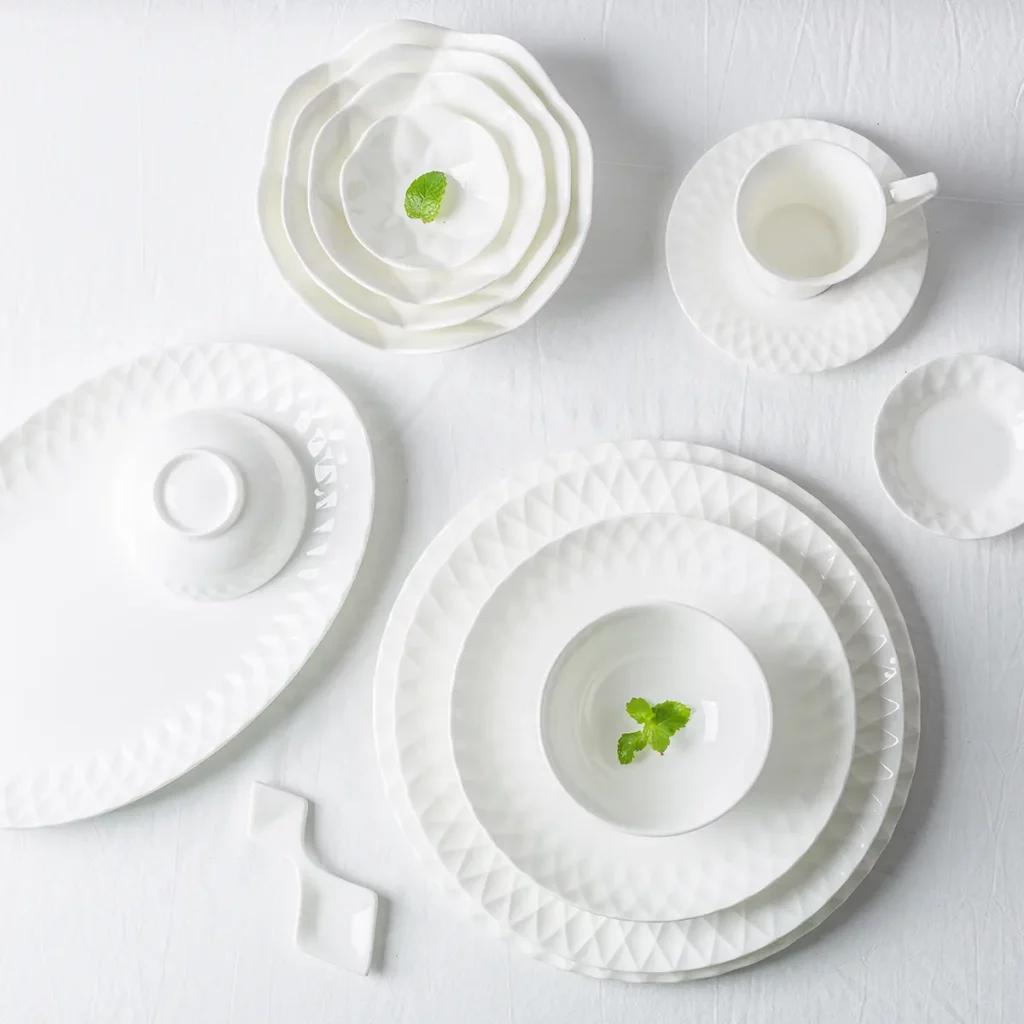
A escolha entre porcelana e osso na China depende de preferências pessoais, considerações de estilo de vida, e o uso pretendido da louça. Algumas pessoas podem preferir o apelo clássico e atemporal de porcelana, enquanto outros podem ser atraídos para a delicada beleza e translucidez da China Bone.
Ao selecionar louça, É aconselhável considerar fatores como durabilidade, facilidade de manutenção, Resistência ao calor, e o ambiente em que será usado. Porcelana é uma excelente opção para uso diário, como é altamente durável e resistente a manchas. porcelana de ossos, com sua aparência delicada, é mais adequado para ocasiões especiais e experiências de refeições requintadas.
Opiniões populares entre os consumidores geralmente se inclinam para a porcelana devido à sua acessibilidade e resistência ao chip. No entanto, Os entusiastas da China óssea apreciam sua brancura requintada e características únicas. Adicionalmente, Opiniões e recomendações de especialistas podem orientar as pessoas a tomar uma decisão informada com base em suas necessidades e desejos específicos.
Cuidando de porcelana e ossos da China Dinnerware
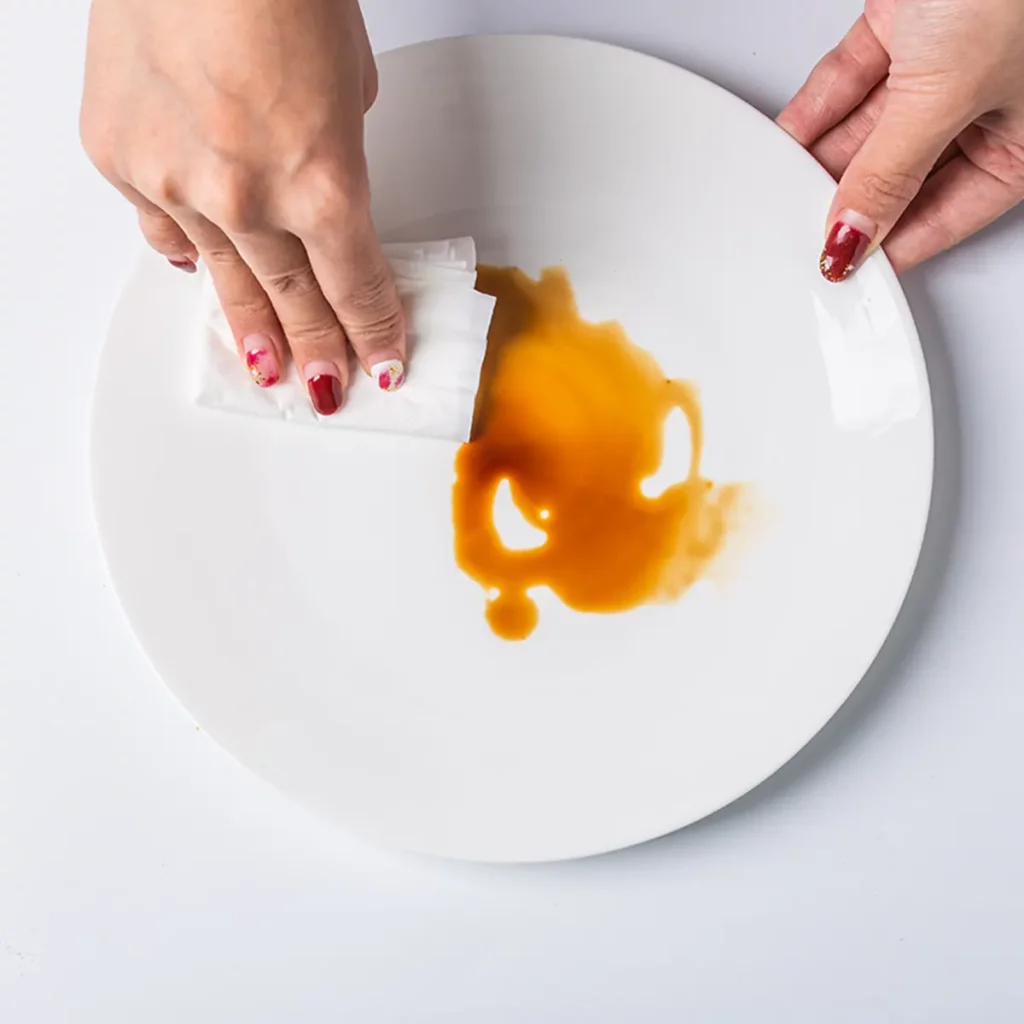
Para garantir a longevidade da louça de porcelana, A limpeza e manutenção adequadas são cruciais. A porcelana pode ser lavada à mão ou em uma máquina de lavar louça usando detergentes suaves. É importante evitar lavagens abrasivas ou agentes de limpeza severos que possam danificar a superfície.
Para os ósseos da China Dinnerware, A lavagem das mãos é geralmente recomendada para minimizar o risco de lascar. Deve -se tomar cuidado ao empilhar as peças da porcelana para impedir que elas se bata. Usar água morna e sabão suave é suficiente para limpar a China óssea, e é aconselhável evitar imersão prolongada.
Tanto a porcelana quanto a China óssea devem ser armazenados com cuidado. Colocar revestimentos de proteção entre pratos empilhados e usar divisores acolchoados pode evitar arranhões e lascas. Também é aconselhável armazenar louça para longe de temperaturas extremas e luz solar direta para evitar descoloração ou choque térmico.
Tomando uma decisão de compra informada
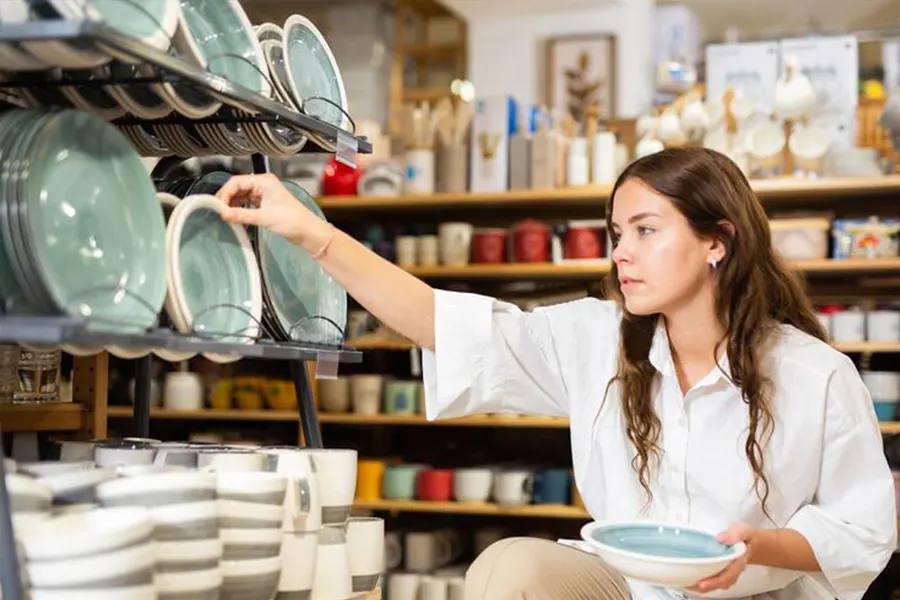
Ao considerar a compra de louça, É essencial avaliar suas necessidades e preferências específicas. Determine o uso pretendido da louça - seja para refeições diárias, ocasiões especiais, ou uma mistura de ambos. Isso ajudará a informar sua escolha de material, projeto, e requisitos de durabilidade.
Restrições orçamentárias e considerações de investimento de longo prazo também devem ser levadas em consideração. Enquanto a China Bone pode ser um investimento inicial mais alto, Sua longevidade e apelo atemporal podem justificar o custo. Porcelana, com sua ampla gama de estilos e preços, oferece uma opção mais econômica sem comprometer a qualidade.
Explorando marcas respeitáveis e Fabricantes confiáveis de utensílios de jantar é outra etapa valiosa no processo de compra. Pesquisando revisões de clientes, buscando recomendações, E considerando o artesanato da louça pode ajudar a garantir uma compra satisfatória.
Conclusão
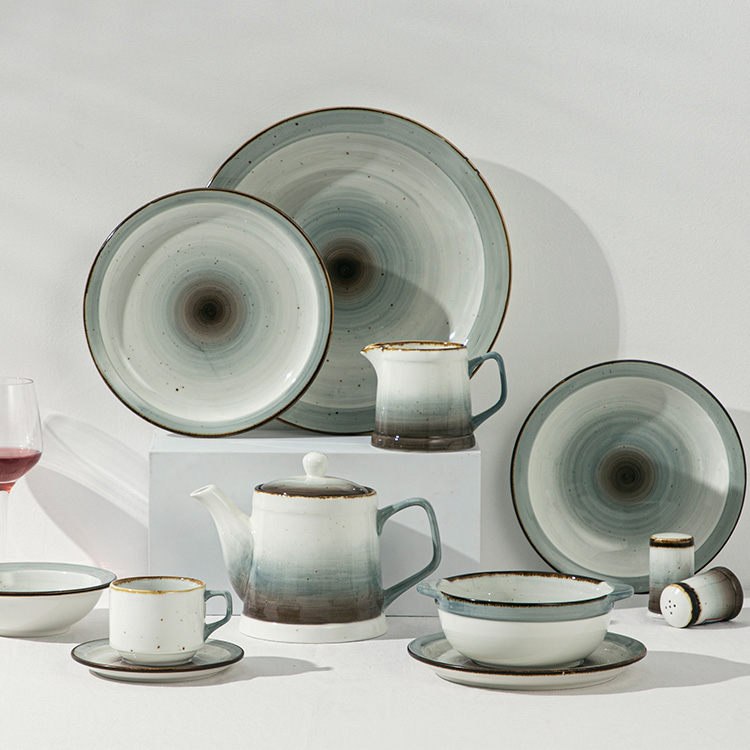
Porcelana e osso China, Duas opções requintadas de louça, Ofereça qualidades distintas que podem elevar qualquer experiência gastronômica. Porcelana, com sua força, Possibilidades de design versáteis, e acessibilidade, é uma escolha popular para uso diário. Por outro lado, porcelana de ossos, com sua composição única, aparência delicada, e sensação luxuosa, acrescenta elegância a ocasiões especiais e refeições requintadas.
Ao ponderar a decisão entre porcelana e osso na China, é essencial considerar as preferências pessoais, Requisitos de durabilidade, apelo estético, e o uso pretendido da louça. Ambos os materiais têm suas vantagens e atraem diferentes indivíduos por vários motivos. Em última análise, Encontrar a louça perfeita para sua casa se resume a explorar, experimentando, e selecionar um estilo que se alinha ao seu gosto e estilo de vida.
